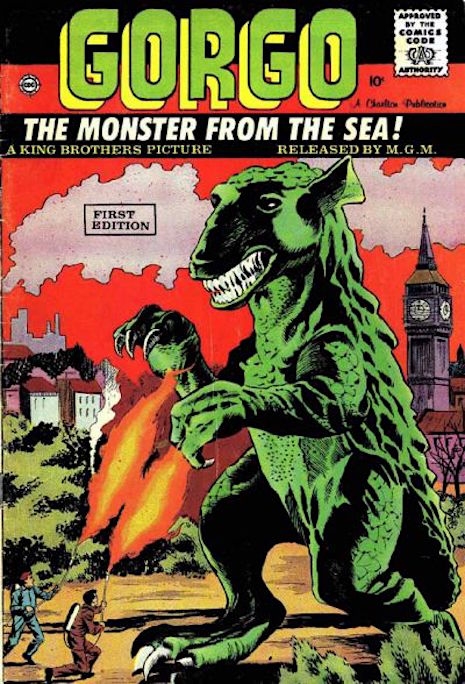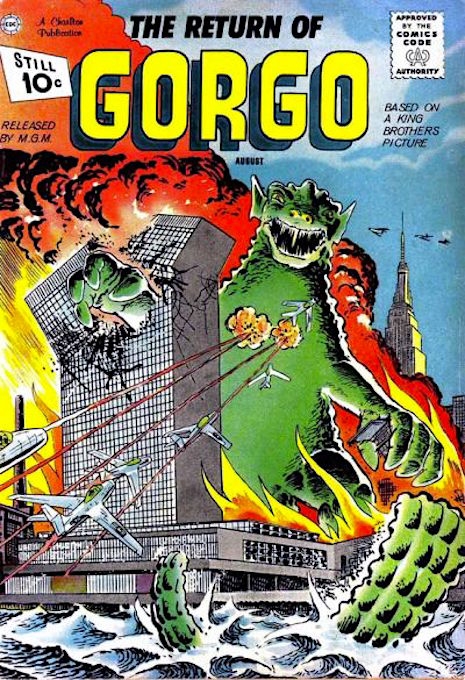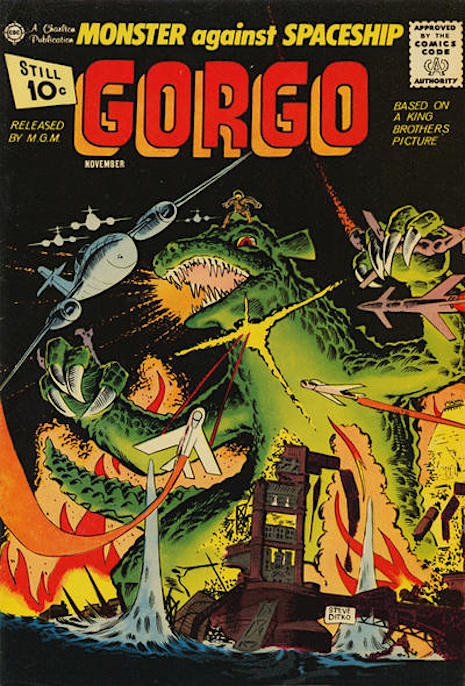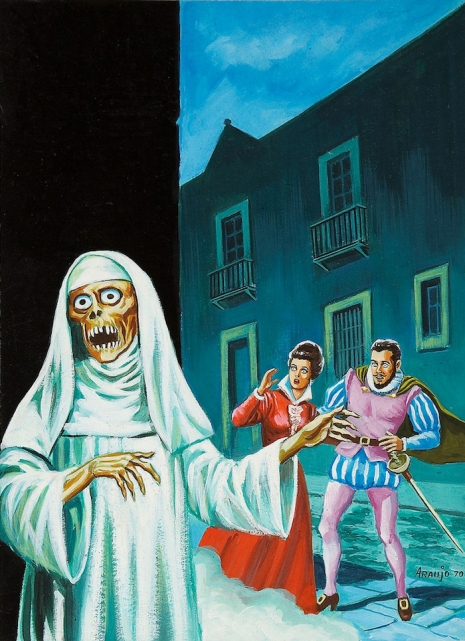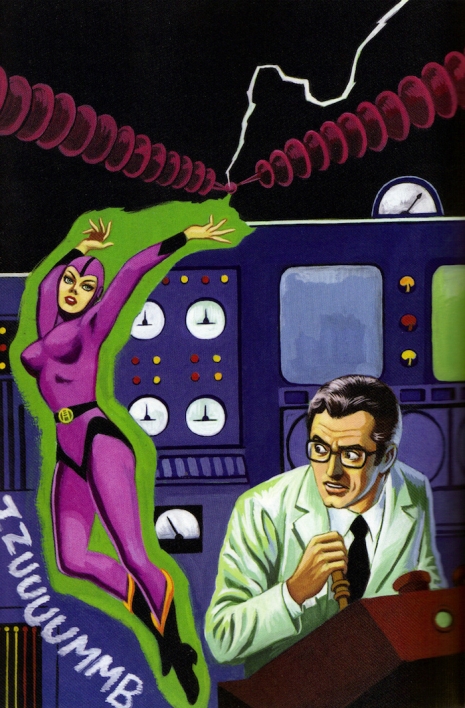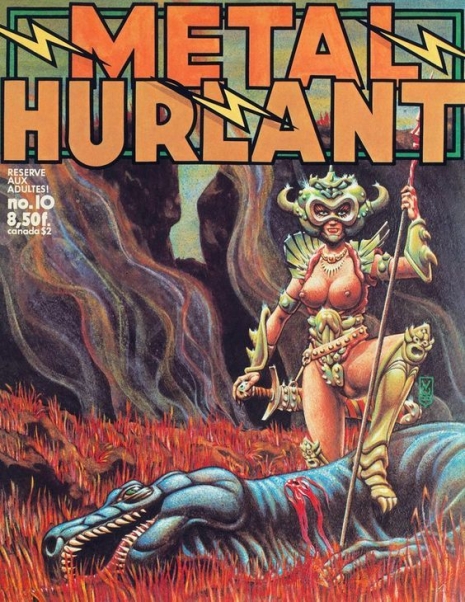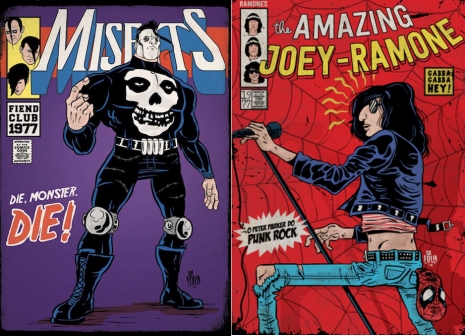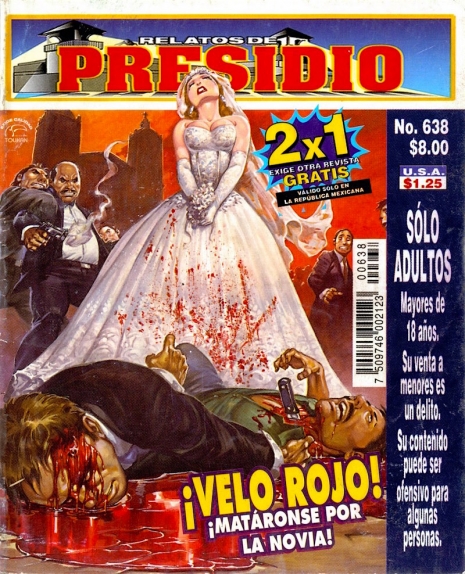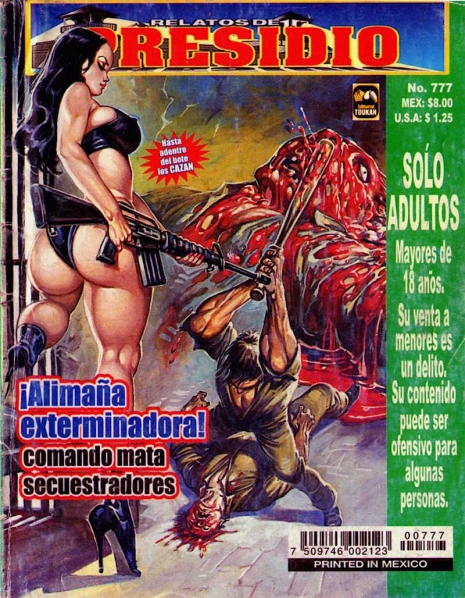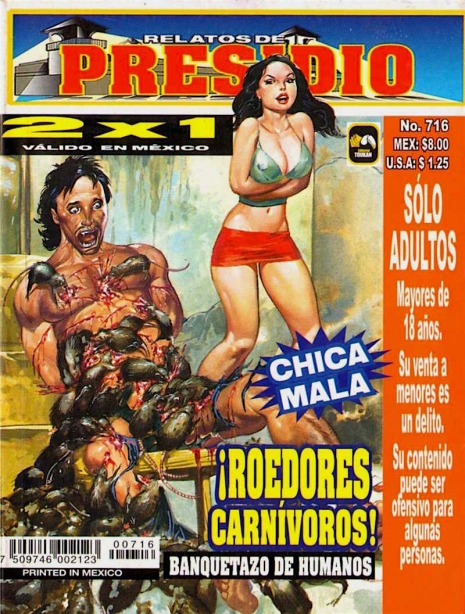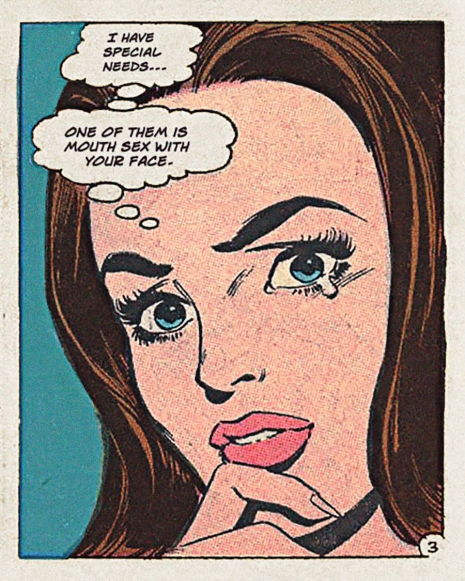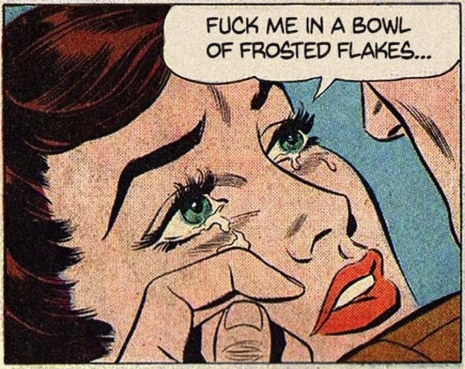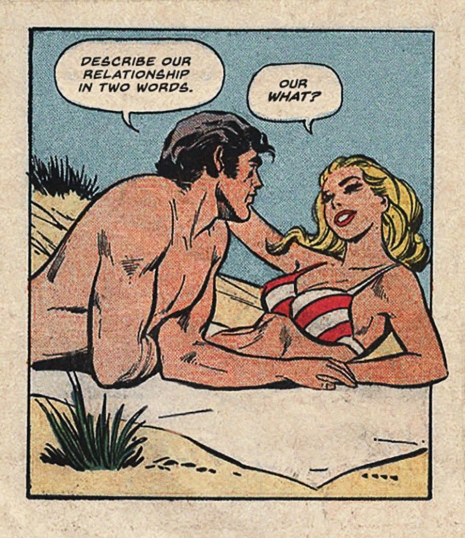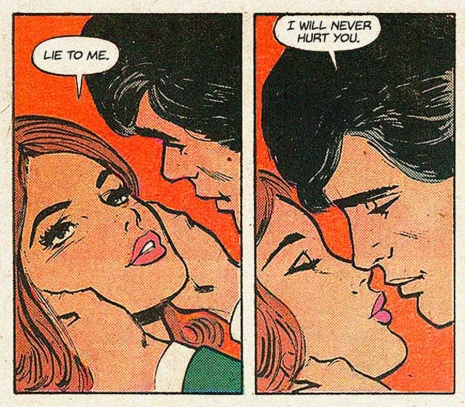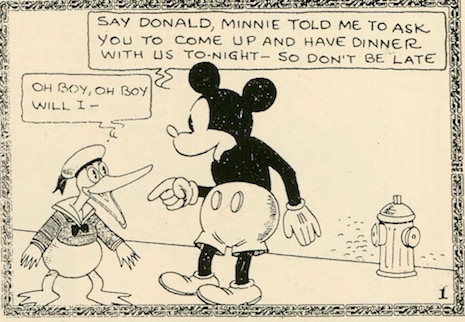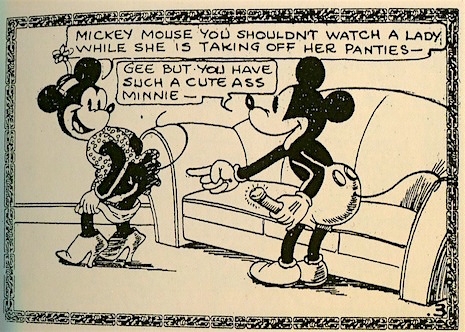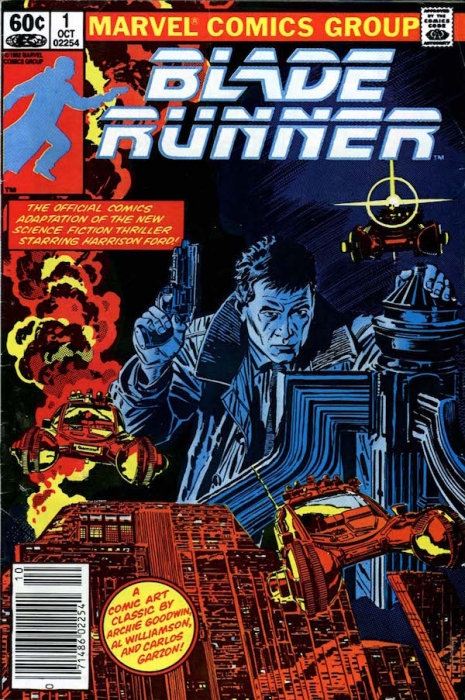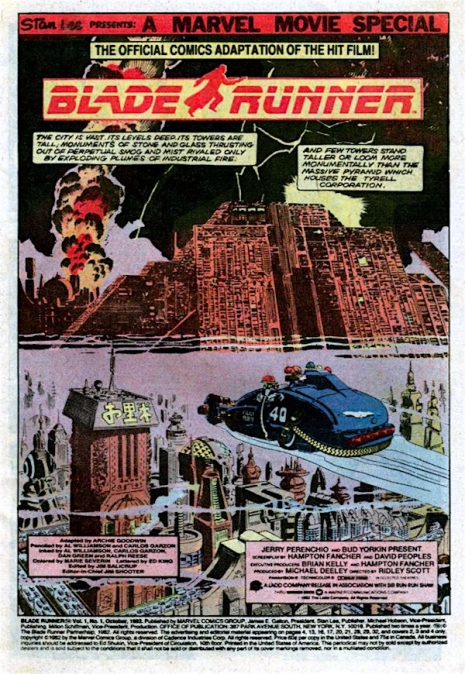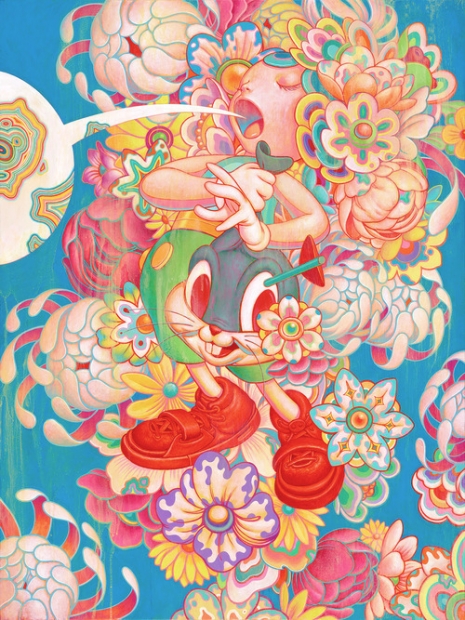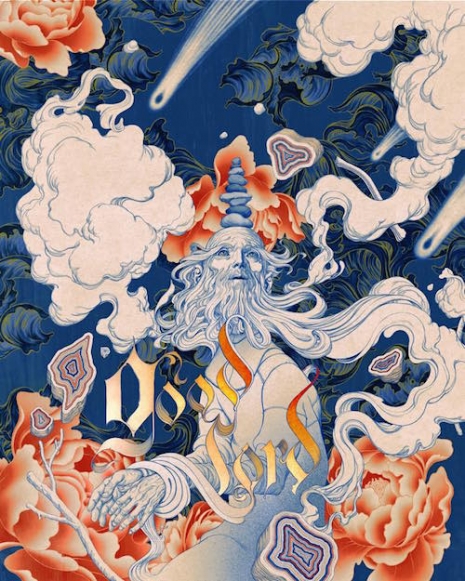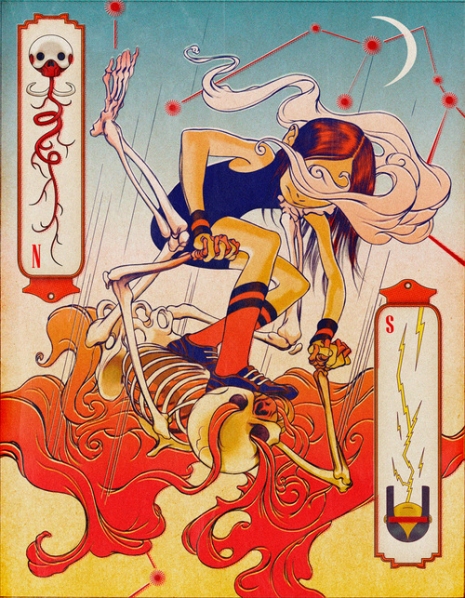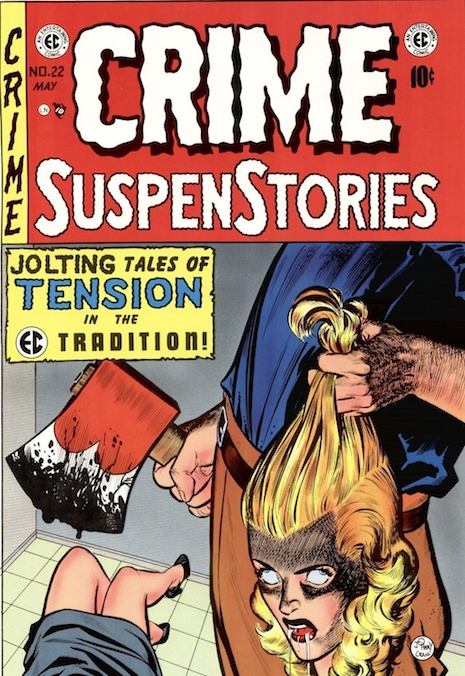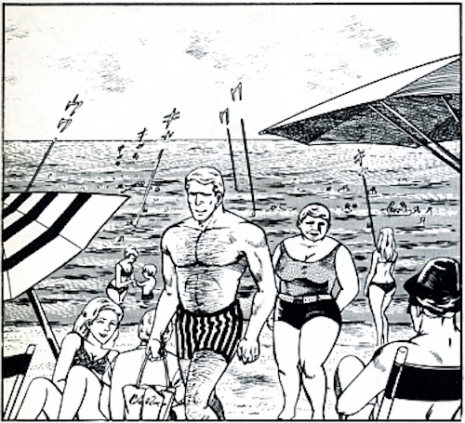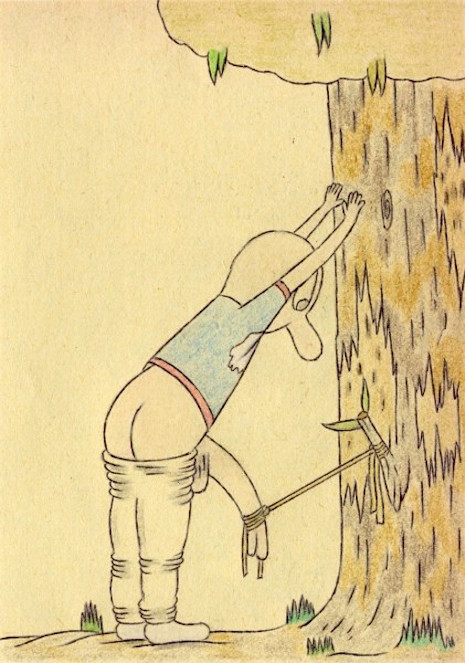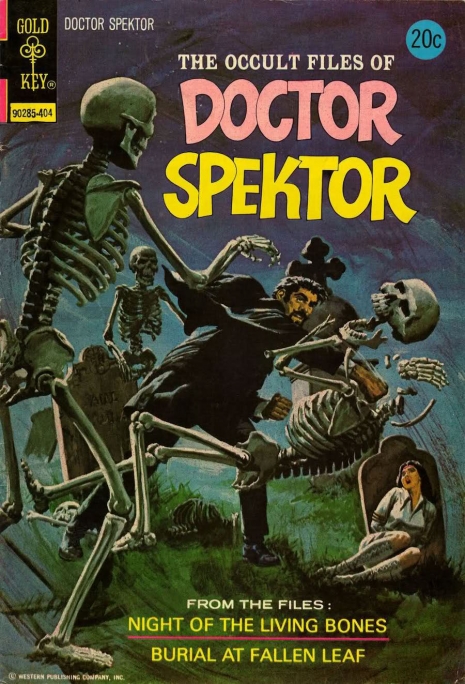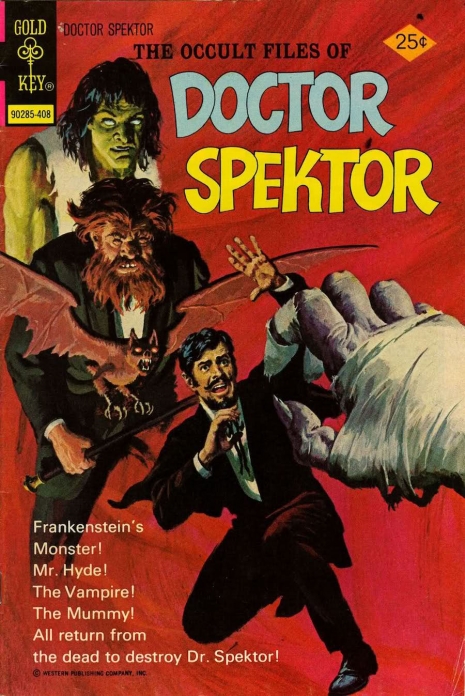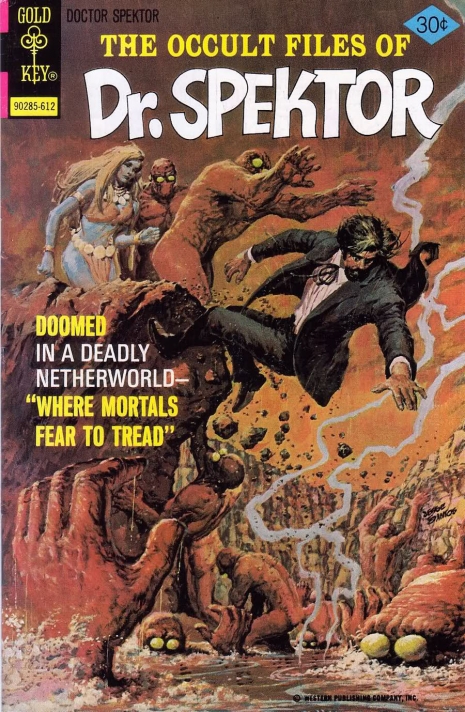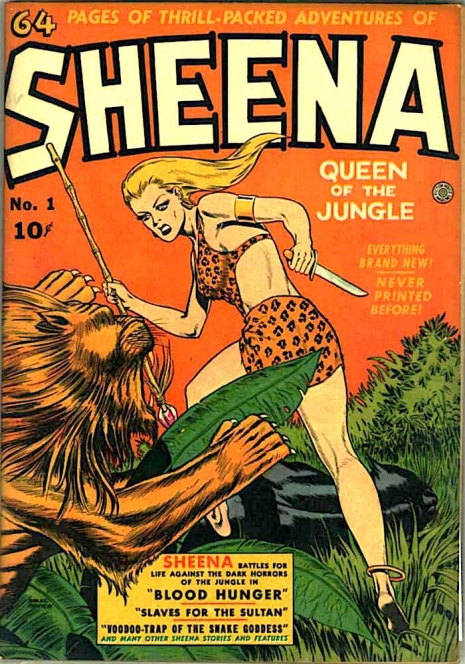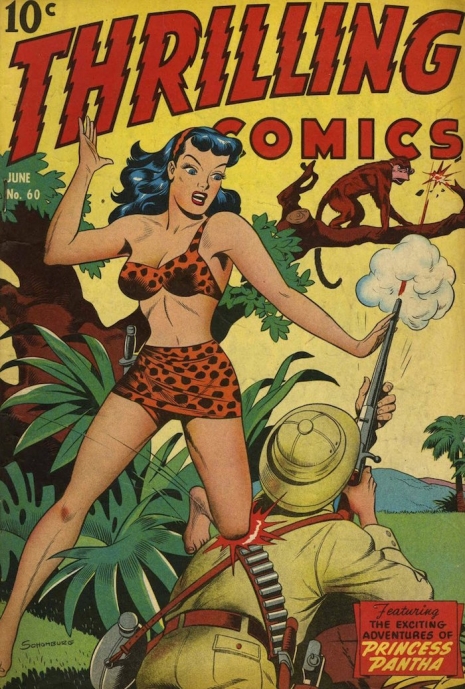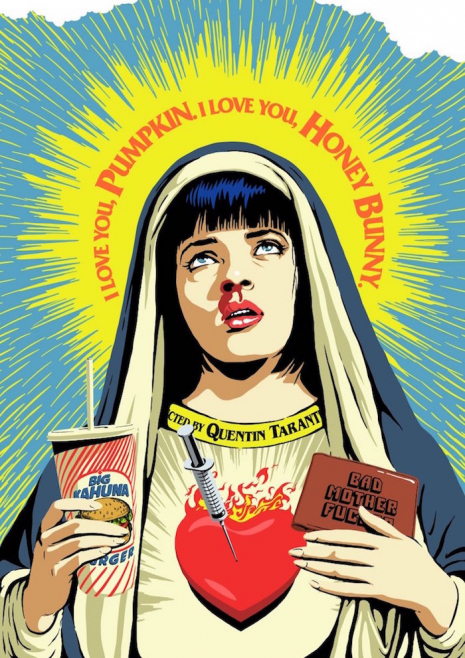
Tony Stark (aka Iron Man) once said that “Heroes are made by the path they choose, not the powers they are graced with.” Artist Butcher Billy chose a path which eventually allowed him to use his superpowers to their greatest potential. Like all superheroes, Butcher Billy balanced a dual life of graphic designer by day, and iconographic pop artist by night.
Born in Brazil, Butcher Billy (aka Billy Mariano da Luz) started drawing pictures from the day he first picked up a crayon and waxed blank paper with art. He grew up in a world of unnerving political turmoil which he filtered through comic books, TV cartoons, and eighties pop music. He grew up and studied and became a graphic designer. But somehow creating art for others was not enough. In the quiet of the night, he started drawing pictures that revealed his true identity. Pictures of pop icons as comic book superheroes, movie stars as subversive heroes. Butcher Billy was born.
He started sharing his work online. His pictures were soon picked by sites like the Guardian, Rolling Stone, Vanity Fair, and of course, Dangerous Minds.
As a longtime admirer of Butcher Billy‘s artworks, I dropped him a line and he very kindly replied. Now in an exclusive interview with Dangerous Minds, Butcher Billy discusses his background, his artwork, his inspiration, and his favorite artist.
Okay, let’s start with the easy ones: Can you tell me something about yourself? Where were you born? How did you get into art? When did you start drawing?
Butcher Billy: I was born in south Brazil in 1978. My childhood scenario was the last few years of a decades-long military dictatorship. Although the difference between that and a full democracy was hardly noticed by a six-year-old introvert kid, I do remember watching everything live on TV—the news reported rights movements, protests on the streets, military police everywhere. That ended up mixed with all the goodies the 1980s had to offer: pop music, blockbusters, Saturday morning cartoons, comics, fantasy books, video games etc.
So as much as I couldn’t understand, there was a sense that the world was going through uncertain, turbulent times—while also I was getting exposed to all these exciting new discoveries as a child. That dual feeling is something that I carried through life. It even reflects on my body of work now, in which you can often see two (or more) different concepts clashing.
I believe I started drawing as soon as I was able to hold a crayon with my own hands. I have always felt the need to express myself through art.
What happened next? What inspired you? How and why did you start creating your own artworks?
BB: My teenage years in the 90s were absolutely immersed in pop culture, while I observed the world going through all the changes in politics, religion, society, technology etc. So of course pop art caught my attention early on, for the use of popular everyday symbols, and comments on any of the aspects of society and human behaviour through irony and parody.
However, when the time came to go to college, graphic design ended up being my choice—the concept of becoming a full on artist as a way of earning a living was too subjective to me at the time (that clash of feelings again).
After college I worked for years as a graphic designer in ad agencies, becoming increasingly frustrated. That’s when I decided, just for fun, to start playing on my sleep hours with all of those early creative influences in cinema, music, comics, games, art, politics, religion, history etc. By releasing personal art projects online, I began to spread my name and ideas out there, until I felt secure enough to let go of everything and finally become an indie artist.
I wasn’t even thinking about working for brands. What I wanted was to create a body of personal work by developing my own ideas, without interference. And through that decision I indeed found that freedom, in which now I’m actually able to choose if I want to work for a brand or not, when I want, and only if it’s the right fit for me.
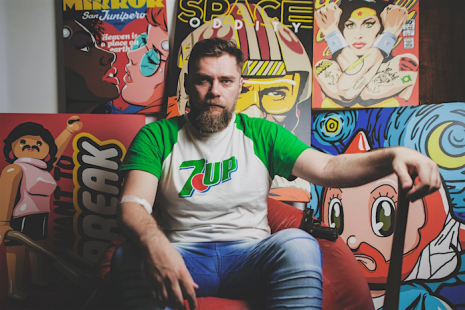
When/why did you take the name Butcher Billy?
BB: I still had an agency job as a creative director back in 2012 when I had my very first pop art series ready to be released. As I said before, I decided to do it as a way to just have some fun and relieve work frustration. I had a bit of a local rep in advertising, and as much as I didn’t have any ambitions on a side project, I thought it was important to create a persona to separate that from the corporate work I was doing, which was very different in concept.
So that’s how I came up with Butcher Billy—at first I thought it would be a great way to stay anonymous, and kinda worked initially. However, soon after when the artworks began to go viral, the fact I was using a pseudonym actually helped to make people even more curious about who that guy was. “Nobody cared about who I was until I put on a mask” (saying that with a ridiculous Bane voice)
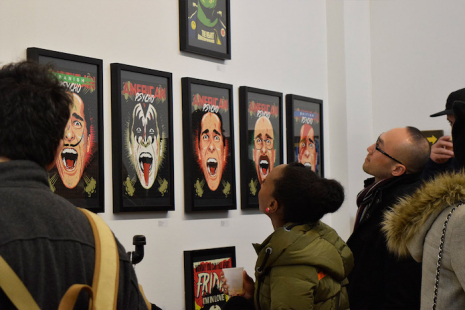
What has the response been to your work?
BB: I try to achieve that state of collective mind where art communicates ideas all over the world, often without words, for people of distinct languages and cultures who understand the same message. In that aspect it’s always great to see how far an art piece can go when I release it on the internet—considering how different the concept of popular culture can be in some places.
Also spreading your own ideas and style means that people will approach and hire you because they want you to do your own thing for them. In that sense I’ve been invited to collaborate with brands from Japan, Scotland, EUA, England, France, Germany, Netherlands etc. Projects can be as different as TV series props, beverage packaging, movie posters, vinyl sleeves, book covers… I was even asked to design a pizza box for a record label, as merchandising.
Versatility is exactly what I aim for as a pop artist—I don’t want to be known as a t-shirt designer or whatever. I want to make art, and art that can be applied to anything.
It’s funny that my work seems to be a lot more recognized overseas. I’ve never been invited to exhibit in my own country. However, I had pieces showcased in cities all over the world like London, Dubai, Lisbon, New York, Paris, San Francisco, Birmingham, Chicago, Miami etc. Also I’ve had 2 art books released in France. Pretty sure that after I die they’ll hold an exhibition in Brazil—that’s how it works around here.
Who is your favourite artist?
BB: Hard to say! I admire so many people for different reasons—painters, designers, producers, musicians, directors, photographers, actors, activists, composers etc. But if I have to say just one, it would certainly be David Bowie. The man embodied everything, to the point of actually becoming art through his personas. He paid the price, and managed to remain down to earth. He also planned his own death to be an art instalment.
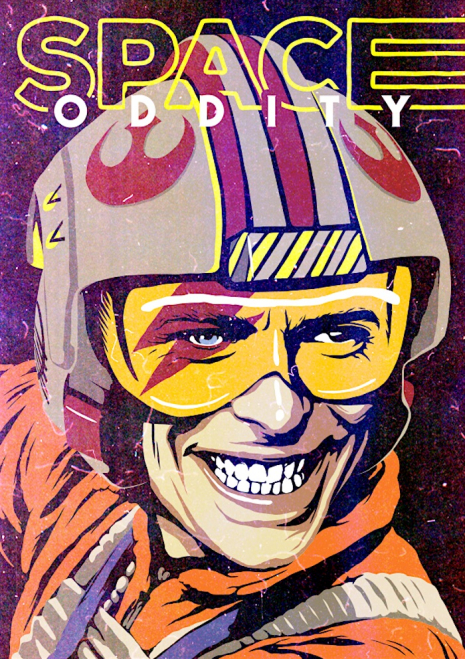
See more from Butcher Billy, after the jump…






